Description
Sandra Stalemo – 2-Day: Vision Therapy Intensive Training Course: Upgrade Your Skills & Boost Referrals with Today’s Best Practices
- Faculty:
- Sandra Stalemo
- Duration:
- 12 Hours 15 Minutes
- Format:
- Audio and Video
- Copyright:
- Mar 12, 2020
Description
Whether your patients’ goals are to return to work, play with their grandkids, or travel the world, your hard work helps them progress toward their functional goals.
But when vision problems distort your patient’s world, it can feel like you’re working twice as much for half the progress. Falls, mobility deficits, isolation, and dependence on others can lead to serious, costly setbacks. And problems performing exercises and activities often result in avoidance over time, severely limiting functional outcomes.
It doesn’t have to be this hard.
In this hands-on recording you will learn the latest vision therapy techniques, and discover a powerful intervention framework that has helped countless therapists and their patients overcome these exact same issues for years. Whether your patients are adults with head injuries or stroke survivors with visual perception problems, you’ll transform your practice with innovative interventions that help patients adapt to visual impairments, take charge of their recovery, and resume functional activities they might have otherwise abandoned.
Discover new ways to accelerate progress for outcomes that will earn you referrals.
Handouts
| Manual – Vision Therapy Intensive Training (17.5 MB) | 93 Pages | Available after Purchase |
Outline
HOT TOPICS AND INNOVATIONS
- Current concepts in visual rehabilitation
- Practical applications of the latest research
- Today’s top tech
- Bioness BITS
- Dynavision
- Innovative apps
CONFIDENTLY IDENTIFY THE ROOT CAUSE OF VISION IMPAIRMENT
- Discover a comprehensive framework for evaluating symptoms, including:
- Mobility, gait, and posture problems
- Falls, dizziness, and balance issues
- Poor coordination/executive function
- Ocular-motor deficits
- Visual processing deficits
- Post trauma vision syndrome
- Cranial nerve palsies
- Blurred or double vision
- Photophobia
- Difficulty maintaining visual attention to task
- Limited depth perception
- Poor compensation for field cut
- Motion sensitivity
- Hands-on lab
UPGRADE YOUR VISION THERAPY TOOLBOX
- Innovative interventions you can use immediately to:
- Prevent falls, dizziness, and motion sensitivity
- Address mobility, posture, and gait problems
- Improve near/far focusing for reading, written communication, and close work
- Promote visual motor coordination and visual processing
- Restore functional independence, self-care, and performance of ADLs
- Boost scanning skills for locating objects
- Increase attention to neglected side
- Expand visual fields and compensate for field cuts
- Enhance depth perception and peripheral awareness
- Reduce headaches, eye strain, and double vision
- Decrease agitation and photophobia
- Hands-on lab
COMBINE MULTIPLE INTERVENTIONS MORE EFFECTIVELY FOR BETTER OUTCOMES
- Synergistic strategies for effectively integrating:
- Functional compensation strategies
- Ocular motor drills
- Spot patching
- Prism adaptation
- Visual accommodations
- Visual field scanning
- Binocular vision exercises
- Hands-on Lab
REAL-WORLD APPLICATIONS FOR COMMON DIAGNOSES AND CONDITIONS
- Neurological impairments
- Stroke
- Traumatic brain injury
- Multiple sclerosis
- Brain tumor
- Parkinson’s
- Low vision
- Vision loss and blindness
- Macular degeneration
- Glaucoma
- Contrast sensitivity
- Visual hallucinations
- Charles Bonnet syndrome
- Hands-on lab
DESIGN SOLUTIONS USING YOUR NEW VISION THERAPY SKILLS
- Case scenario: Correctly identify the root cause of impairment
- Case scenario: Problem solve a complex vision impairment and develop an effective treatment plan
- Case scenario: Identify vision impairments that can cause behavioral problems
- Case scenario: Revise a standard plan of care for a stroke survivor
- Case scenario: Overcome barriers to effective strategy implementation
DEVELOP A THRIVING VISION THERAPY PROGRAM
- Core components of an effective vision therapy program
- Cost effective tools to use during initial setup
- Moderate expense and capital budget items to add to your program
- Keys to generating vision therapy referrals
MAXIMIZE YOUR REIMBURSEMENT
- Coding and billing updates for vision therapy
- Justify therapy with the right goals and progress measures
- Avoid denials and audits with these tips
Faculty
Sandra Stalemo, OTR/LRelated seminars and products: 2
Sandra Stalemo, OTR/L, is an expert in vision therapy with over 37 years of experience guiding patients with vision and neurological impairments toward functional independence in a variety of outpatient and inpatient therapy settings.
Ms. Stalemo developed a passion for vision therapy after witnessing firsthand its impact on her daughter, who had been diagnosed with binocular vision disorder. In the years since then, Ms. Stalemo has trained and worked closely with neuro-optometrists to bridge the gap between diagnosis and treatment in functional settings, and she went on to develop a leading vision rehabilitation program at Sanford Health.
She is now a national speaker on vision and neurological rehabilitation topics, known for her ability to break down complex concepts into practical, everyday solutions.
Speaker Disclosures:
Financial: Sandra Stalemo receives a speaking honorarium from PESI, Inc.
Non-financial: Sandra Stalemo has no relevant non-financial relationship to disclose.
Instant Download Acess Sandra Stalemo – 2-Day: Vision Therapy Intensive Training Course: Upgrade Your Skills & Boost Referrals with Today’s Best Practices
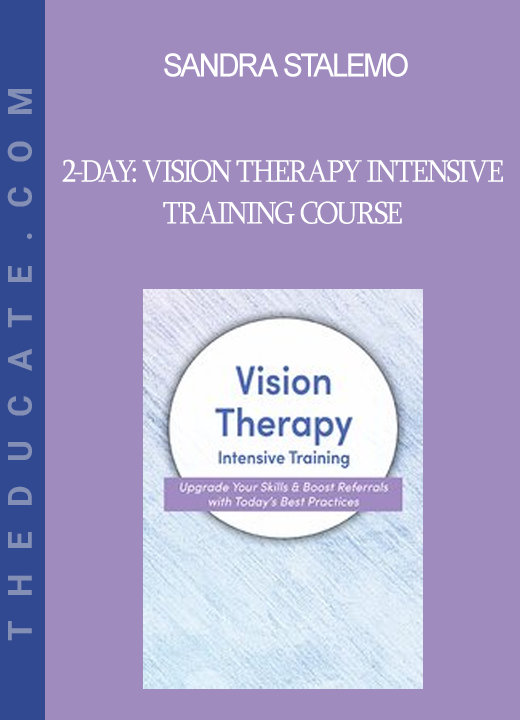
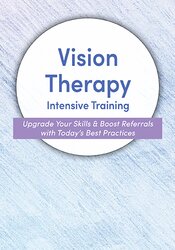

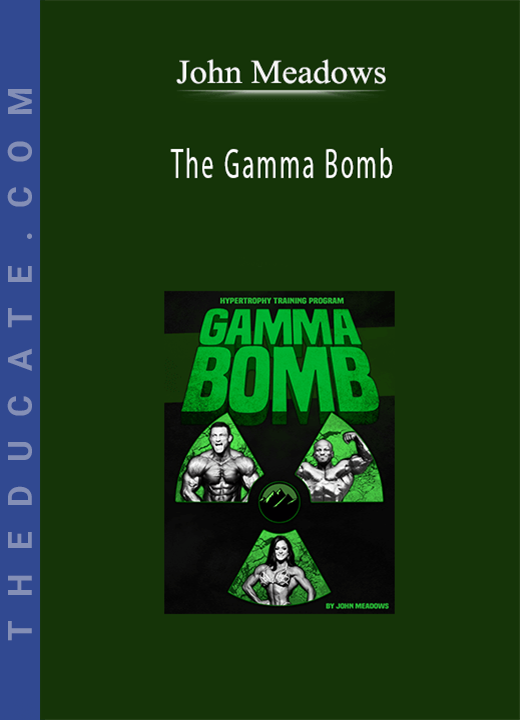
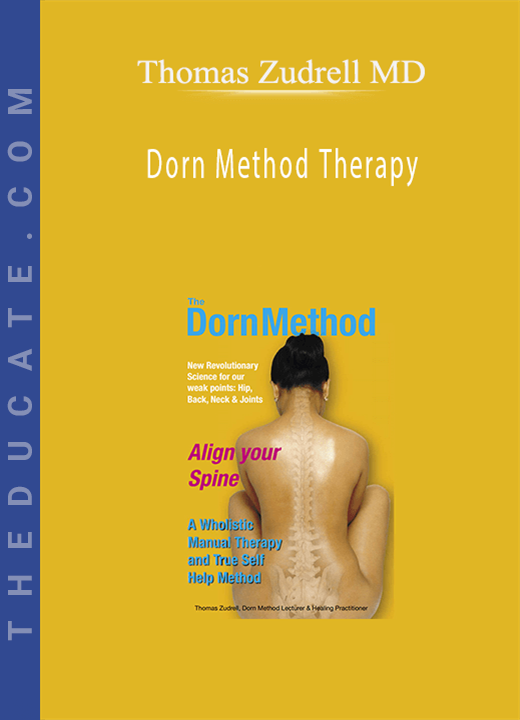
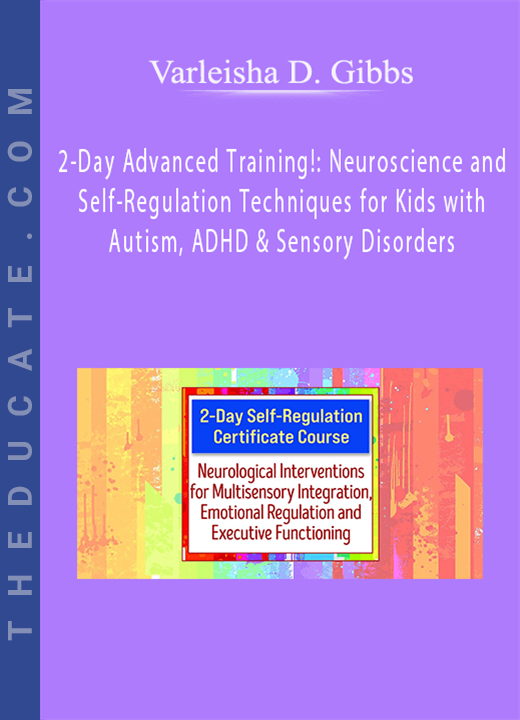
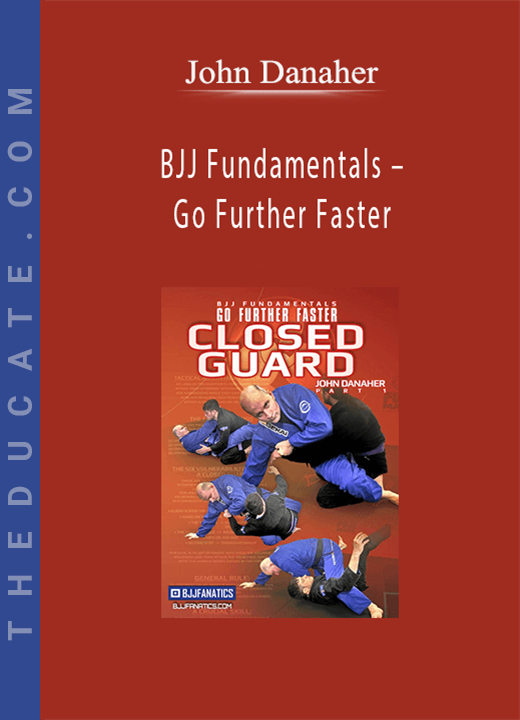
Reviews
There are no reviews yet.